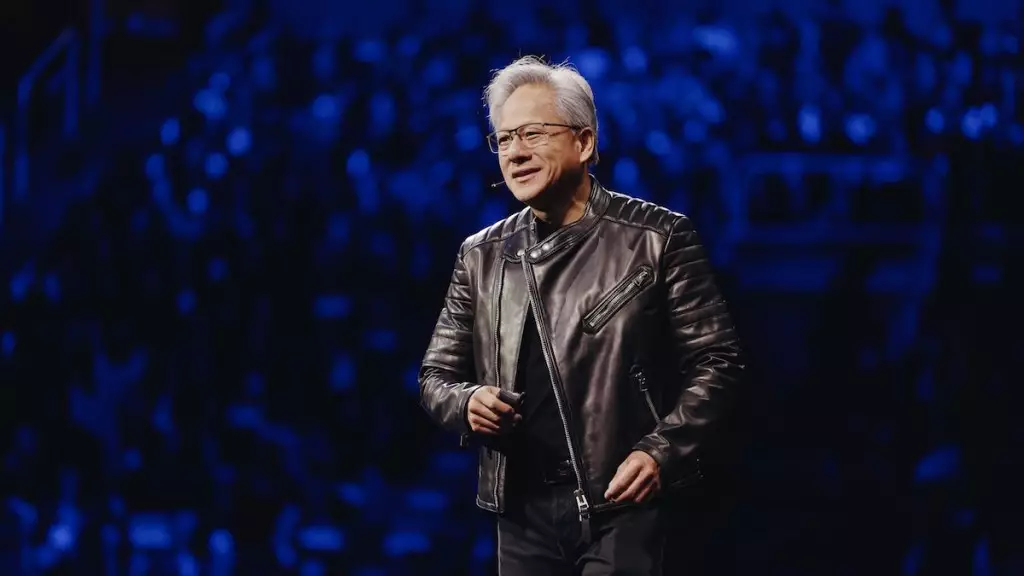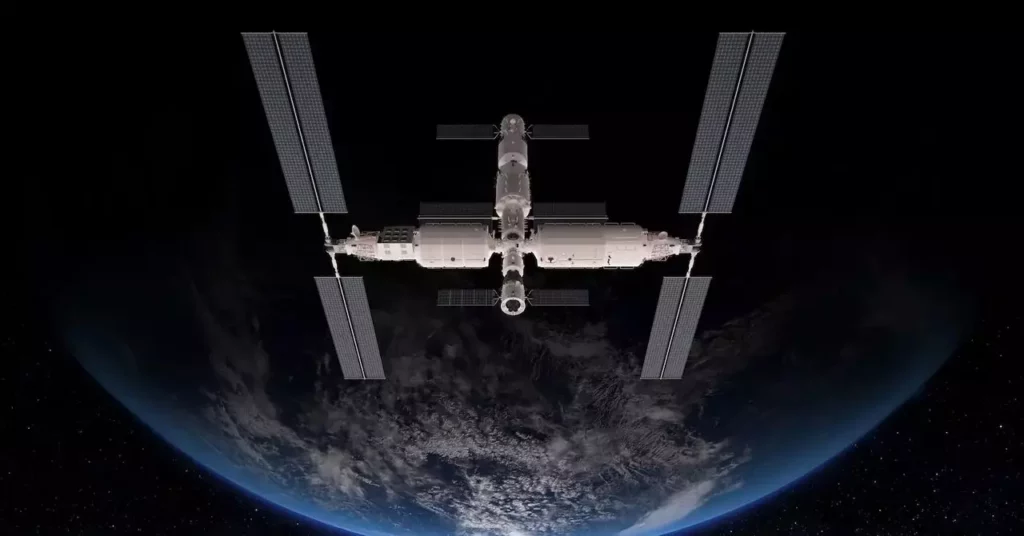The rapid advancements in artificial intelligence (AI) have catalyzed a shift in numerous industries, with leading tech companies like NVIDIA at the helm of this transformation. As businesses are forced to adapt to the demands of a technology-driven landscape, innovations such as billion-parameter models are no longer mere buzzwords; rather, they have become critical components of competitive strategy. At a recent keynote event, NVIDIA’s John Huang highlighted the growing importance of transitioning from AI model training to full-scale deployment, a shift that reflects increased demands for computational power. This is just the tip of the iceberg as the industry scrambles to harness AI’s profound capabilities.
The Emergence of AI Factories
Gone are the days when data centers served merely as extensive storage networks. They are evolving into highly efficient AI factories capable of processing millions of queries with an extraordinary level of speed and accuracy. Huang underscored this transformation, emphasizing that the potential market involved is nearly $1 trillion. The pursuit of optimizing AI infrastructure has led to innovations like the Blackwell Ultra AI platform, achieving a staggering 40 times more performance than its predecessor. This exceptional leap is emblematic of a broader shift in how industries can operationalize AI effectively and meaningfully.
The soon-to-arrive Blackwell Ultra GPU, expected to launch in late 2025, promises to enhance its capabilities in processing increasingly intricate AI models. With a focus on expanding memory functionalities, NVIDIA is poised to fundamentally redefine what is achievable in AI development and application. As industries ramp up their AI capabilities, the potential applications of these advancements stretch across manufacturing, healthcare, finance, and beyond—eventually leading to an anticipated $50 trillion impact.
The Quest for Energy Efficiency
The accelerated shift towards AI-driven solutions also raises questions about sustainability and energy consumption. As data centers grow in complexity, the necessity for innovative energy-efficient solutions is paramount. NVIDIA is keenly aware of this need and is diving into progressive technologies such as photonics and advanced networking, aiming to optimize energy efficiency. The significant financial stakes involved, projected to reach $50 trillion across multiple sectors, underline the urgency of these innovations.
NVIDIA’s platforms, like Isaac and Cosmos, symbolize this multidimensional initiative to reshape the robotics landscape. These tools not only illustrate the direction of AI-enabled automation but also the financial and technological implications of fostering a more interconnected work environment.
Diverse Paths for Innovation
NVIDIA’s strategic vision extends beyond traditional AI applications; the company is committed to continuous innovation, evident in its ambitious roadmap for the coming years. Scheduled launches, such as the Vera Rubin in 2026 and the Feynman architecture in 2028, denote a deep commitment to staying ahead in a rapidly evolving sector. These developments are pivotal, as they are tailored to meet the soaring demand from complex AI systems and enhance data transfer speeds.
One unique aspect of NVIDIA’s innovation strategy is the unveiling of the DGX Personal AI computers, which leverage the Grace Blackwell platform to empower desktop developers to create cutting-edge AI models. This represents a democratization of advanced AI technologies, allowing more individuals to participate in this transformative landscape.
Networking Solutions of Tomorrow
As AI factories become increasingly interconnected, NVIDIA is innovating with networking solutions such as Spectrum-X and Quantum-X, designed to provide unprecedented scalability. Through the integration of silicon photonics technology, NVIDIA enables the linking of millions of GPUs, ultimately setting a high bar in network efficiency. Expected advancements from these initiatives promise to reshape how AI infrastructures can be connected, paving the way for more efficient operations.
Moreover, projects like the communal Dynamo software bring attention to the broader application of open-source technologies, promoting collaboration across the AI community. By creating resources that simplify complex reasoning processes, NVIDIA is not just enhancing its own capabilities, but also igniting innovation industry-wide.
A Bold Vision for Robotics
As the demand for advanced robotics continues to swell, NVIDIA’s unveiling of the ISAAC GR00T N1 serves as a benchmark for AI integration within humanoid robots. This open-source foundation model illustrates a pivotal move toward realizing the future of AI technology as it converges with the physical world. Partnerships with prestigious institutions like Google DeepMind to develop nuanced tools such as the Newton Physics Engine exemplify NVIDIA’s well-rounded approach in this domain.
Overall, the myriad initiatives and technologies introduced point not merely to an era of enhancement but a fundamental transformation of human interaction with technology. As NVIDIA forges ahead, it doesn’t just seem to be sculpting the future; it’s laying the groundwork for a reality where AI will revolutionize both industries and daily human experiences in ways we are just beginning to comprehend.









Leave a Reply